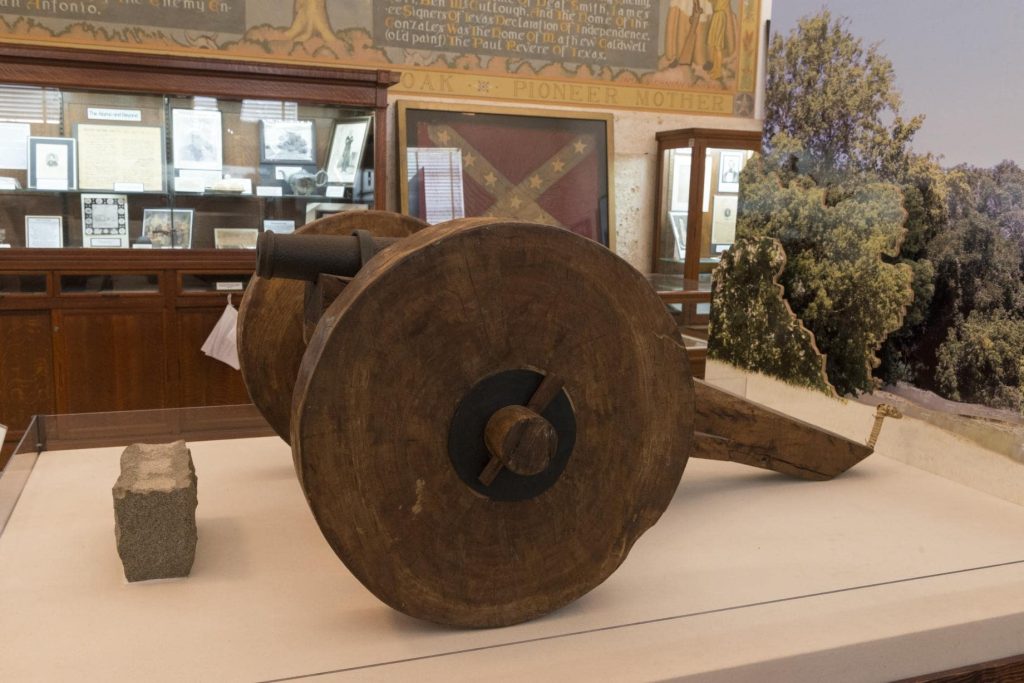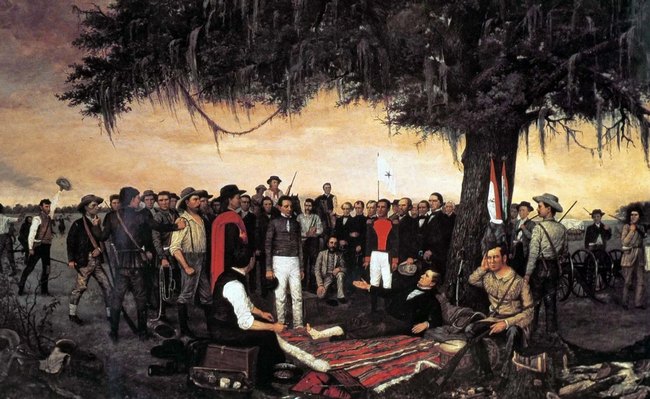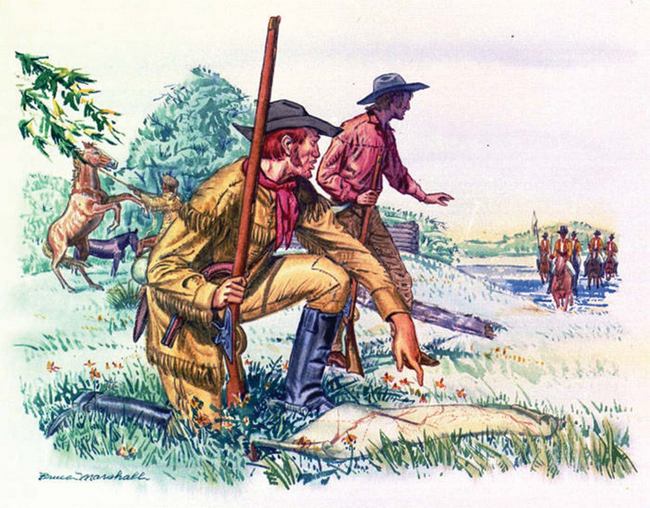
The history of Texas is deeply entwined with that of Irish immigrants, who arrived in the state in large numbers in the mid-19th century. These settlers formed communities and colonies that had a lasting impact on the development of the Lone Star State. In this article, we will explore the origins, growth, and legacy of the Irish colonies of Texas.
Origins of Irish Immigration to Texas
Irish immigration to Texas began in earnest in the 1830s, when the region was still part of Mexico. Many of these early immigrants were political exiles, seeking refuge in a new land. Others were drawn by the promise of cheap land and new opportunities. The Irish who arrived in Texas during this period were a diverse group, including Catholics and Protestants, urbanites and rural farmers, and both the educated and the uneducated.
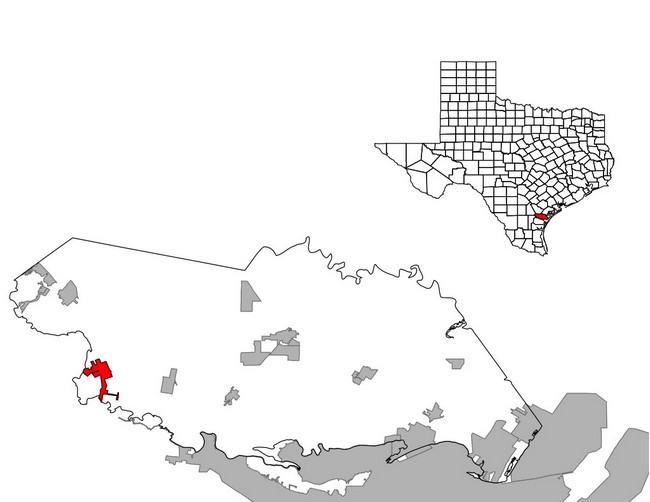
Source: en.wikipedia.org
Early Irish Settlements in Texas
The first major Irish settlement in Texas was San Patricio, founded in 1829 by empresario John McMullen. Located on the Nueces River, San Patricio was a thriving agricultural community by the mid-1830s, with a population of over 200. Other early Irish settlements included Refugio and Victoria, which were also founded by McMullen.
As Texas gained independence from Mexico and became a republic in 1836, Irish immigration continued to grow. Many of these newcomers settled in the eastern part of the state, where they became involved in the burgeoning cotton industry. By the 1850s, there were over 50,000 Irish in Texas, comprising nearly 10% of the state’s population.
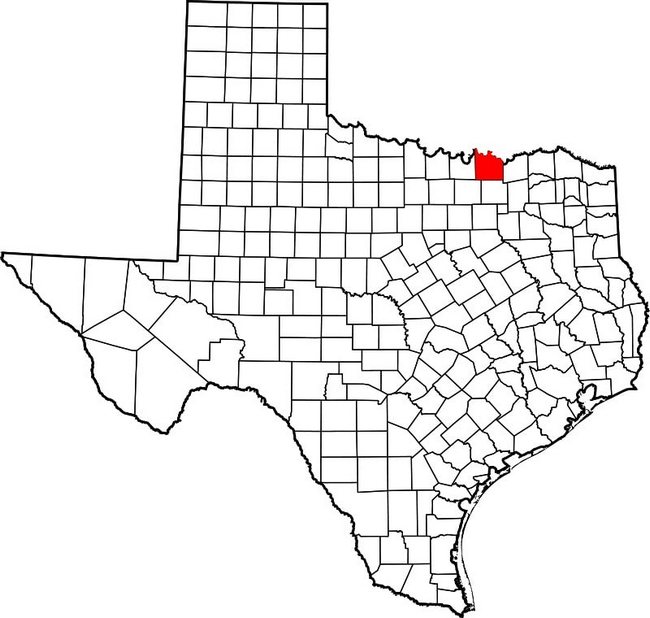
Source: en.wikipedia.org
Irish Colonies in North Texas
One of the most significant Irish colonies in Texas was located in North Texas, in the area now known as Grayson County. The colony was founded in 1840 by William J. Hendricks, an Irish-born physician who had immigrated to Texas in the 1830s. Hendricks purchased a large tract of land in the Red River Valley and began recruiting Irish settlers to join him.
The colony grew rapidly, with more than 200 families settling in the area by the late 1840s. The Irish in Grayson County established a strong agricultural base, producing wheat, corn, and cotton. They also built schools, churches, and other community institutions, and were known for their cultural contributions to the region, including music and literature.
Irish Settlements in Central Texas
Another important region for Irish settlement in Texas was central Texas, particularly the area around Austin. In the 1850s, a group of Irish immigrants founded the town of Round Rock, which became a center of Irish culture and commerce. The town’s St. William Catholic Church, which was built in 1876, remains one of the oldest Irish-Catholic parishes in Texas.
Irish immigrants also played a significant role in the development of other towns in the region, including Bastrop and Lockhart. In these communities, Irish settlers established businesses and built churches, and contributed to the local economy through agriculture, ranching, and other endeavors.
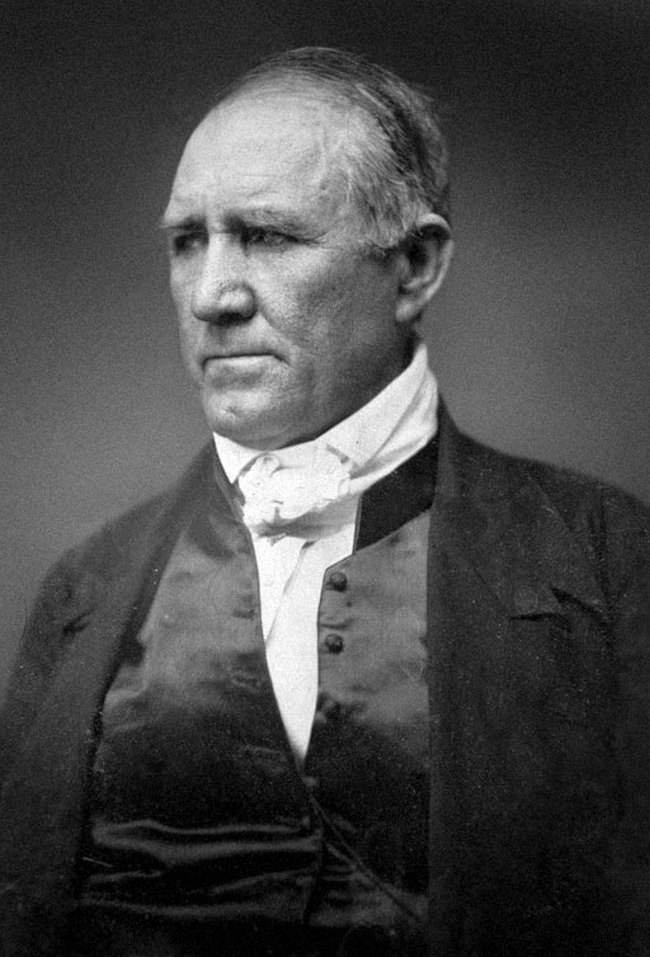
Source: en.wikipedia.org
Legacy of Irish Colonies in Texas
The legacy of the Irish colonies in Texas is still evident today, in the state’s culture, economy, and politics. Many of the state’s most famous politicians, including Sam Houston and John Connally, had Irish ancestry. Irish-Americans have also played a significant role in the development of Texas’s oil industry, as well as in other sectors of the economy.
In addition, Irish culture continues to thrive in Texas, particularly in the state’s music and dance traditions. Irish festivals and other cultural events are held throughout the year, drawing thousands of participants and visitors.
Conclusion
The Irish colonies of Texas played an important role in the state’s history, contributing to its economic, cultural, and political development. Despite facing many challenges, including discrimination and prejudice, the Irish immigrants who settled in Texas established thriving communities that left a lasting impact on the state.
Their legacy can be seen in the numerous Irish festivals and cultural events that continue to be celebrated across Texas, as well as in the many Irish-American families and communities that have called the state home for generations. The history of the Irish colonies of Texas serves as a reminder of the resilience and determination of immigrant communities, and their ability to overcome adversity and make significant contributions to their new homes.
As we look to the future, it is important to remember the vital role that immigrant communities continue to play in the development of Texas and the United States as a whole. By embracing diversity and celebrating the contributions of all those who have come before us, we can build a brighter, more inclusive future for all.
